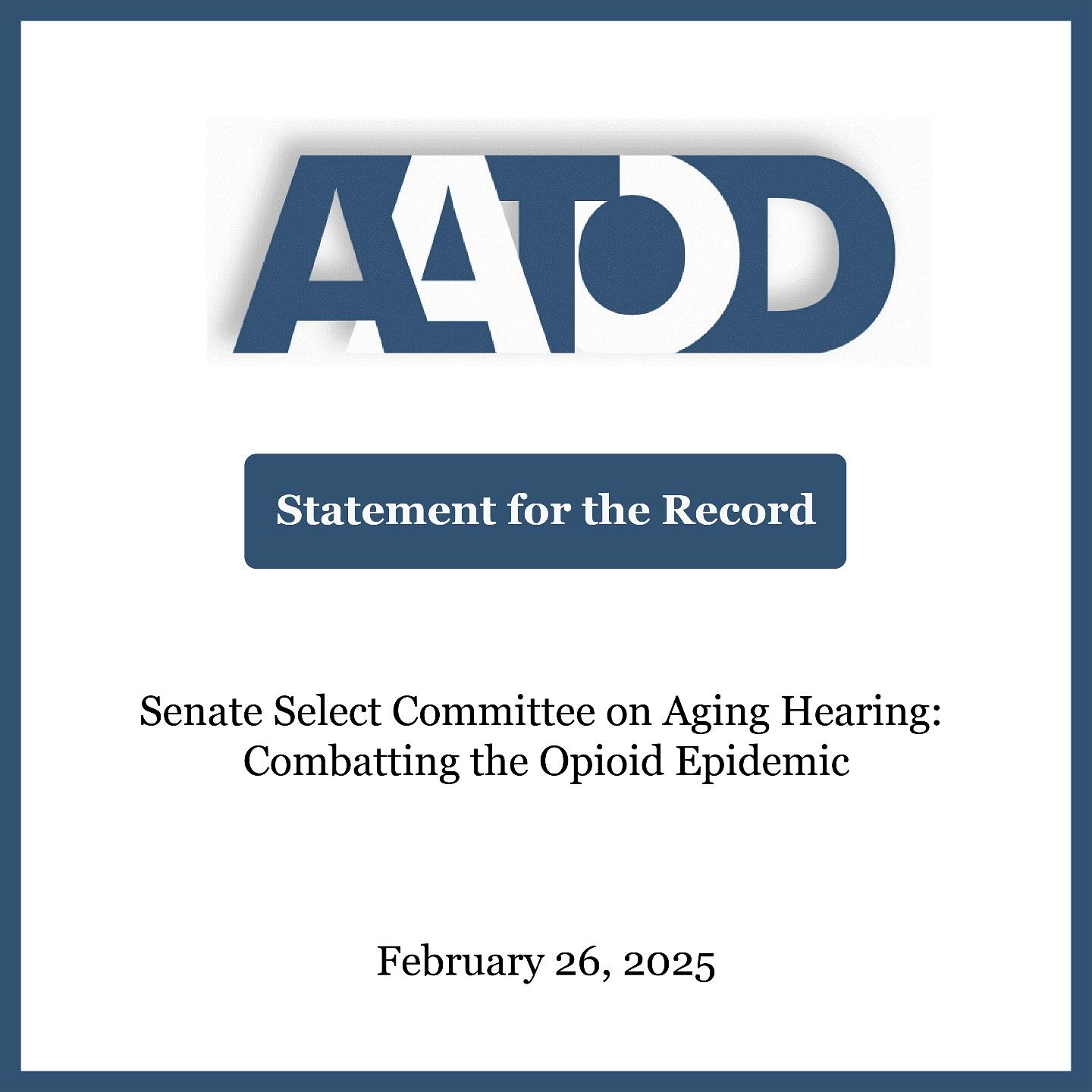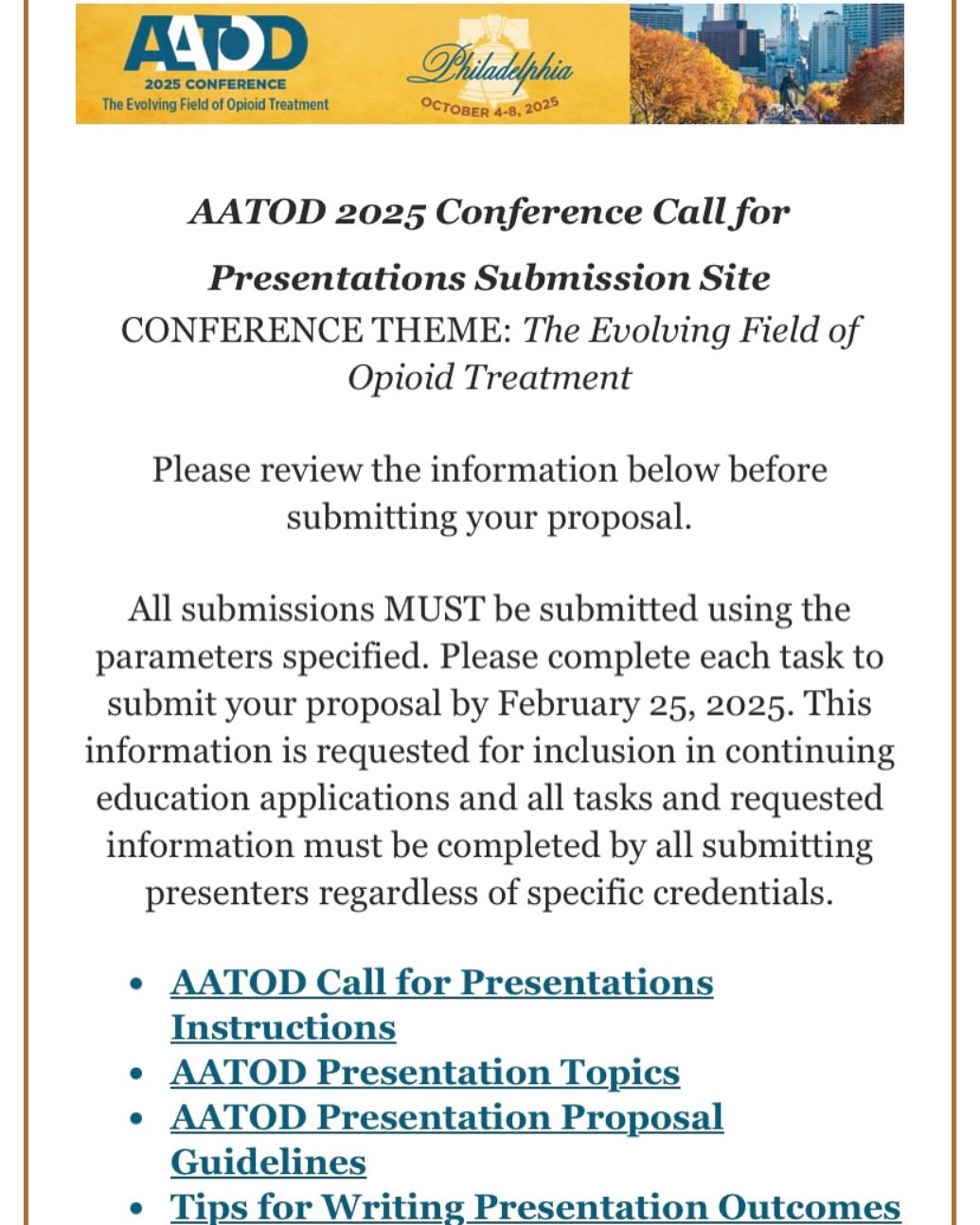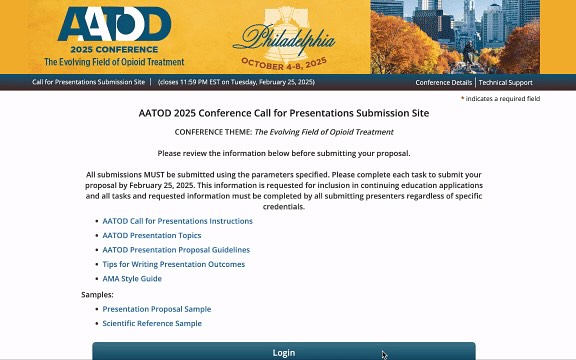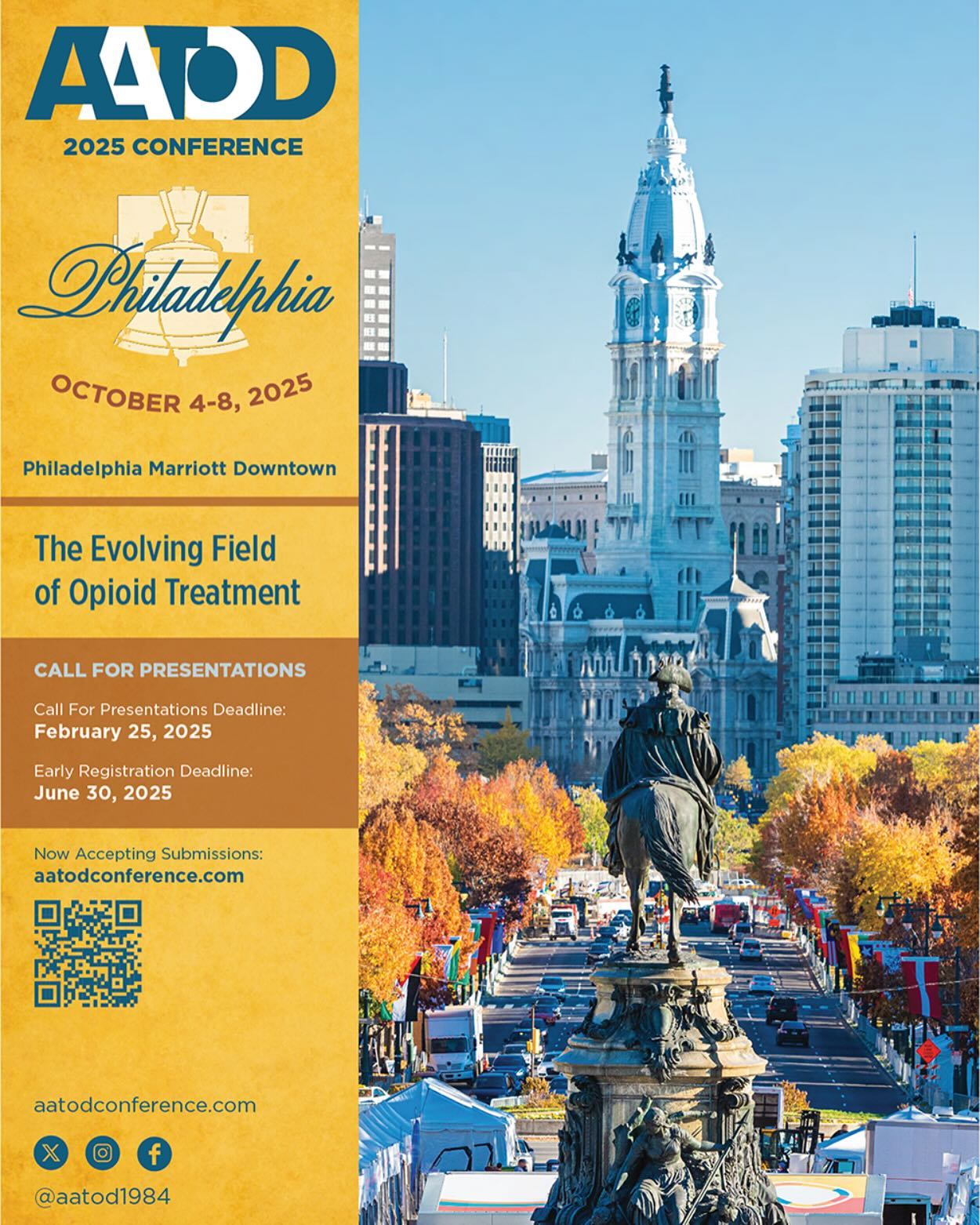There are approximately 1,400 Opioid Treatment Programs (OTPs) treating approximately 350,000 patients on any given day. These programs are operating in 49 states. North Dakota just opened the most recent treatment programs, leaving Wyoming as the only state without an OTP.
The National Institute on Drug Abuse (NIDA) has firmly established that medication-assisted treatment (MAT) “increases patient retention and decreases drug use, infectious disease transmission, and criminal activity” (NIDA, 2012). This type of treatment combines counseling with medications that block opioids’ euphoric effects and relieve relapse-inducing cravings. “To be effective, treatment must address the individual’s drug abuse and any associated medical, psychological, social, vocational, and legal problems” (NIDA, 2009).
Evidence-Based Arguments in Support of MAT for Opioid Addiction
MAT for opioid addiction rests on the scientific principle that addiction is a brain disease. Dr. AlanLeshner, a former director of The National Institute on Drug Abuse first wrote about this concept in an influential 2001 article:
A core concept that has been evolving with scientific advances over the past decade is that drug addiction is a brain disease that develops over time as a result of the initially voluntary behavior of using drugs. The consequence is virtually uncontrollable compulsive drug craving, seeking, and use that interferes with, if not destroys; an individual’s functioning in the family and in society (Leshner, 2001)
The Medications and Their Effectiveness
There are three federally approved medications to treat chronic opioid addiction, and all should be used in conjunction with counseling: methadone, buprenorphine, and Naltrexone.
Methadone and buprenorphine have gradual onsets of action and produce stable levels of the drug in the brain; as a result, patients maintained on these medications do not experience a rush, while they also markedly reduce their desire to use opioids. If an individual treated with these medications tries to take an opioid such as heroin, the euphoric effects are usually dampened or suppressed. Patients undergoing maintenance treatment do not experience the physiological or behavioral abnormalities from rapid fluctuations in drug levels associated with heroin use (NIDA).
Buprenorphine is used to treat opioid addiction in the United States in both pill and sublingual film preparations through federally certified Drug Addiction Treatment Act of 2000 (DATA) physician practices or as another medication in the opioid treatment program.
As a partial agonist, rather than a full agonist such as methadone or morphine, buprenorphine has pharmacological properties that are similar to but different than those of methadone. It has a ceiling effect for most of the effects produced by opioid drugs, such as analgesia and respiratory depression. This makes buprenorphine safer, in terms of respiratory depression in case of an overdose but also may limit its efficacy for some patients” (NDCI, 2002).
Naltrexone is the third medication and is available both in pill and injectable formulation. Naltrexone is a highly effective opioid antagonist that tightly binds to new opiate receptors. Because it has a higher affinity for these receptors than has heroin, morphine, or methadone, Naltrexone displaces those drugs from receptors and blocks their effects. It can, therefore, precipitate withdrawal in patients who have not been abstinent from short acting opioids for at least seven days, and have not been abstinent from long acting ones, such as methadone, for at least ten days (SAMHSA).
All three federally approved medications must be considered in treating chronic opioid addiction in the United States. Deciding on the appropriate medication is a matter of physician discretion, taking into consideration the relevant medical standards and patient choice.
Myths About Medication
Many people view methadone and buprenorphine as merely “substituting one addiction for another” because the medications are opioid based. In truth, they are fundamentally different from short-acting opioids such as heroin. Heroin goes right to the brain and narcotizes the individual, causing sedation.
Methadone does not create a pleasurable or euphoric feeling; rather it relieves physiological opioid craving … and normalizes the body’s metabolic and hormonal functioning that were impaired by the use of heroin or other opioids (SAMHSA, 2003).
Policy and Legal Considerations Related to Use of MAT for Opioid Addiction
In 2011, the Legal Action Center reported that—
…an estimated 65% of individuals in United States prisons or jails have a substance abuse disorder, and a substantial number of these individuals are addicted to opioids. Rates are at least as high in all other phases of the criminal justice system. This enormous amount of substance use among individuals with criminal justice involvement has far reaching consequences, including higher recidivism rates, harm to families and children of criminal justice involved individuals, and negative public health effects, including the transmission of infectious diseases and overdose deaths (Legal Action Center, 2011).
There are a wide number of important references with regard to AATOD’s work with federal and state authorities in OTPs. It is recommended that people visit our website to get more information, especially in the policy section. There are three recently released “Whitepapers” that AATOD organized for SAMHSA, which AATOD distributed during the summer of 2016.






























